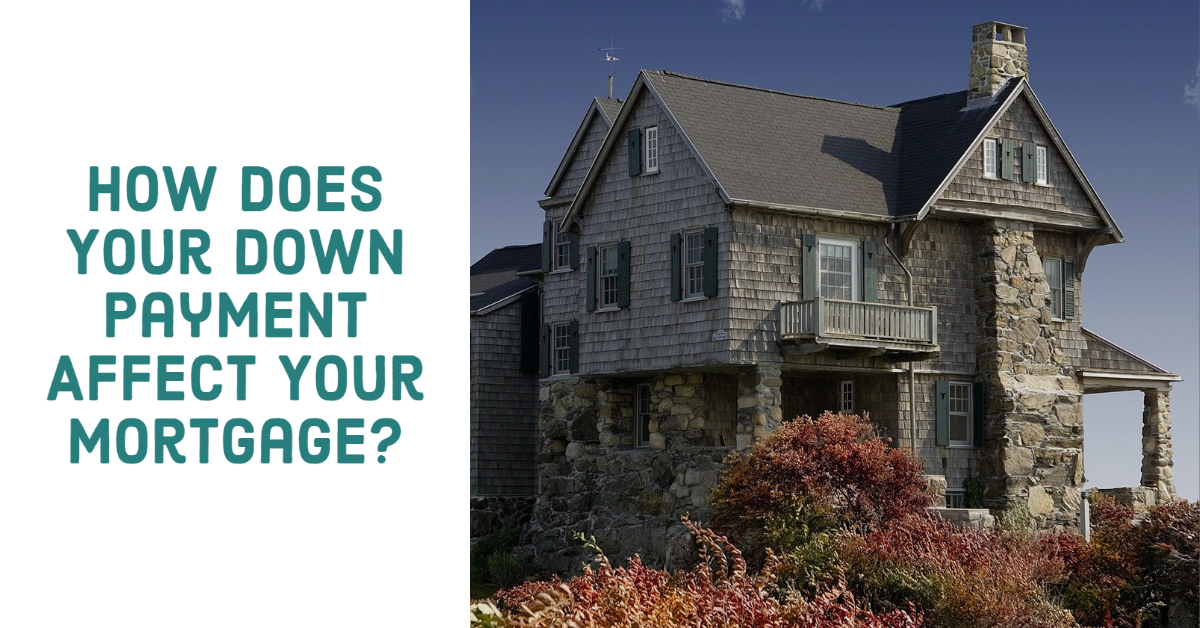Saving up for a down payment consistently ranks as one of the most challenging things involved in buying a home.
One in five home buyers surveyed for the Zillow Consumer Housing Trends Report 2020 say that saving for a down payment is difficult or very difficult. Deciding how much to put down also is a challenge: 24% of first-time buyers in the survey said they wish they’d known how much of a down payment they needed before they started home shopping.
So how much do buyers usually put down? It depends. More than half (56%) of all the surveyed buyers who bought their homes with a mortgage say they put down less than 20% on their home; 14% report putting down as little as 3-5%.
The amount you put down determines the size of your mortgage
Let’s say you’re buying a typical U.S. home for $300,000. If you put down 3% or $9,000 toward the purchase, your mortgage would be $291,000. If you put down 10% or $30,000, it would be $270,000. And if you put down 20% or $60,000, your mortgage amount would be $240,000.
In absolute dollar terms, the differences are large. But they’re much smaller when viewed through the lens of a monthly payment. That’s especially true when the mortgage is relatively small and mortgage interest rates are as low as they are now.
Monthly payment amounts are based upon principal and interest only. Taxes and insurance are not included in these estimates, except for an estimated amount of Private Mortgage Insurance (PMI) with a 3% or 15% down payment.
The figures above represent only the share of your mortgage payment that goes toward paying off the principal and interest on the loan itself. Homeowners insurance premiums and property taxes vary by location and vendor, are usually included in the monthly payment, and are paid by the lender on your behalf.
Lower down payments make the loan more expensive
The downside of putting less than 20% toward the purchase is that you’ll have to pay for private mortgage insurance or PMI, which may add more than $100 a month to your payment. You can see what your lender expects to charge for PMI when you receive the Loan Estimate disclosure form the lender is required to send you when you apply for financing.
Federal law requires lenders or mortgage servicers to automatically remove PMI when your principal balance is scheduled to reach 78% of the original value of your home, or when you reach the halfway point in your mortgage payment schedule (for instance, year 15 on a 30-year loan) — provided in both scenarios that you’re current on your payments and haven’t missed any.
The law also gives you the right to ask your lender to remove PMI once the principal balance of your mortgage is scheduled to fall to 80% of the original value of your home.
You may also be able to remove PMI by refinancing your loan to reach an 80% principal loan balance, however, refinancing does not always save you money in the long run depending on your lender’s refinancing fees and costs. Lenders have their own requirements regarding PMI and loan refinancing, so make sure you’re clear what those are.
The other thing to consider is the cost of interest. The more you put down, the less interest you’ll pay over the course of the loan. The lender also is required to provide you with that information on the Loan Estimate disclosure form when you apply for financing.
Find a financing scenario that works for you
As you can see, there are a lot of ways to configure the financing so that it works best for you and your needs.
A good way to get an idea of what your mortgage payment might look like with different down payment and interest rate scenarios is to use a mortgage calculator.
Mortgage Calculator
If you already have your eye on a specific home, the calculator will show you an estimate of what you’re likely to pay every month if you buy it.
And if you’re just figuring out whether you can afford to buy, the affordability calculator can help narrow your search so that you’re looking in a price range you can afford.
Source: Zillow


